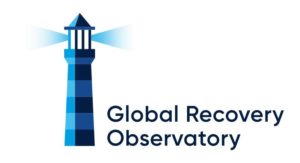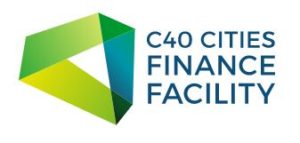
Strengthening Climate Resilience: Guidance for Governments and Development Co-operation aims to support governments of developing countries and providers of development co-operation in strengthening the resilience of human and natural systems to the impacts of climate change. It highlights three overall considerations to help ensure planning and implementation of actions to enhance climate resilience also support broader sustainable development objectives. It further outlines four mechanisms that can facilitate a focus on climate resilience in national, sub-national and sectoral policy processes, and three key enablers for strengthening climate resilience. The guidance can be used by different stakeholders across levels of governance, including government officials at national and sub-national levels, and providers of development co-operation. It may also provide insights to other development partners, including civil society organisations (CSOs) and private-sector actors.
Lifecycle Phase(s): Enabling EnvironmentConditions that enable the integration of sustainability practices (regulation, laws, frameworks etc.)., Strategic PlanningPublic authorities identify the needs and long-term vision for infrastructure development.
Type(s) of Tool: GuidelinesOperationalize sustainability principles, less specific than Benchmarks or Rating Systems.









